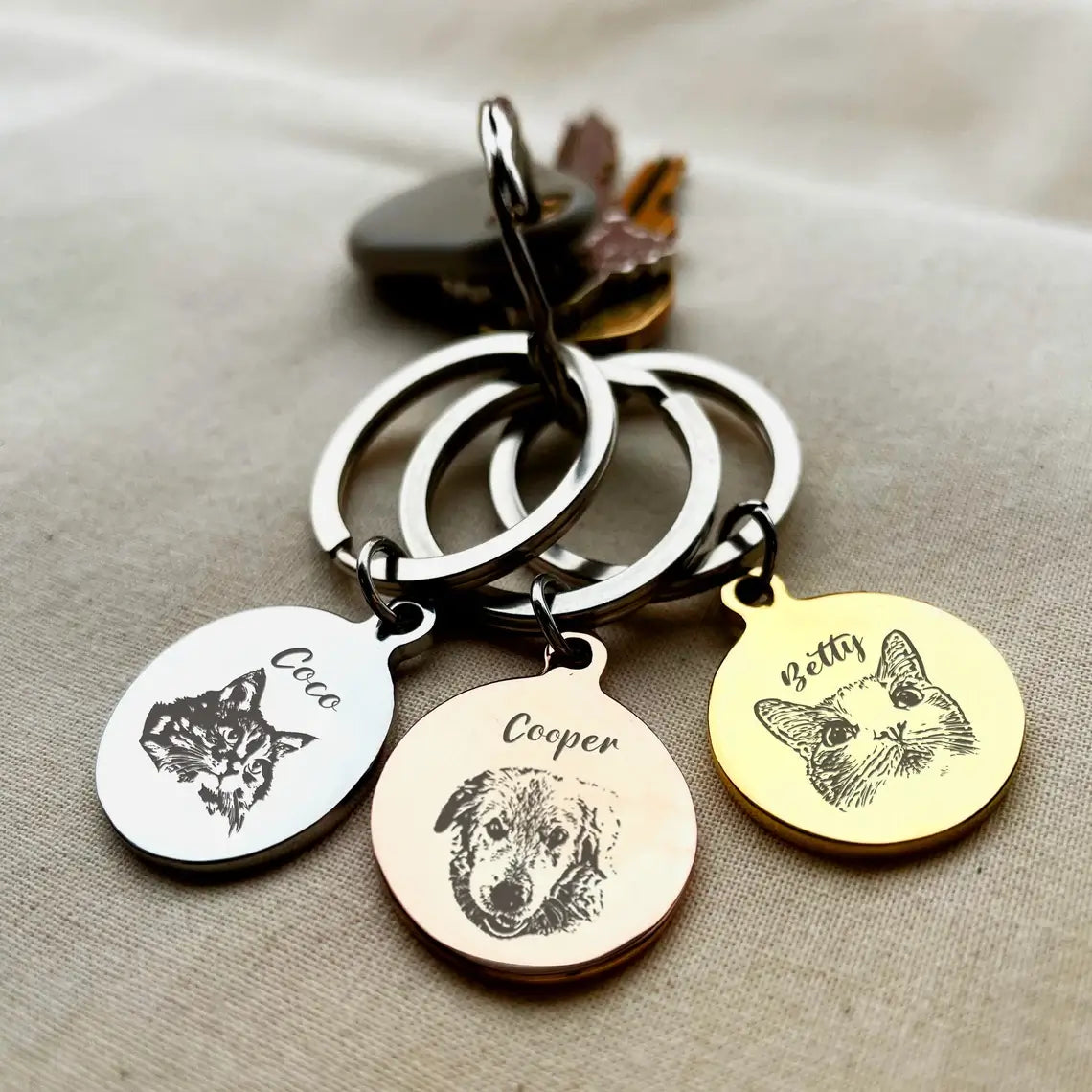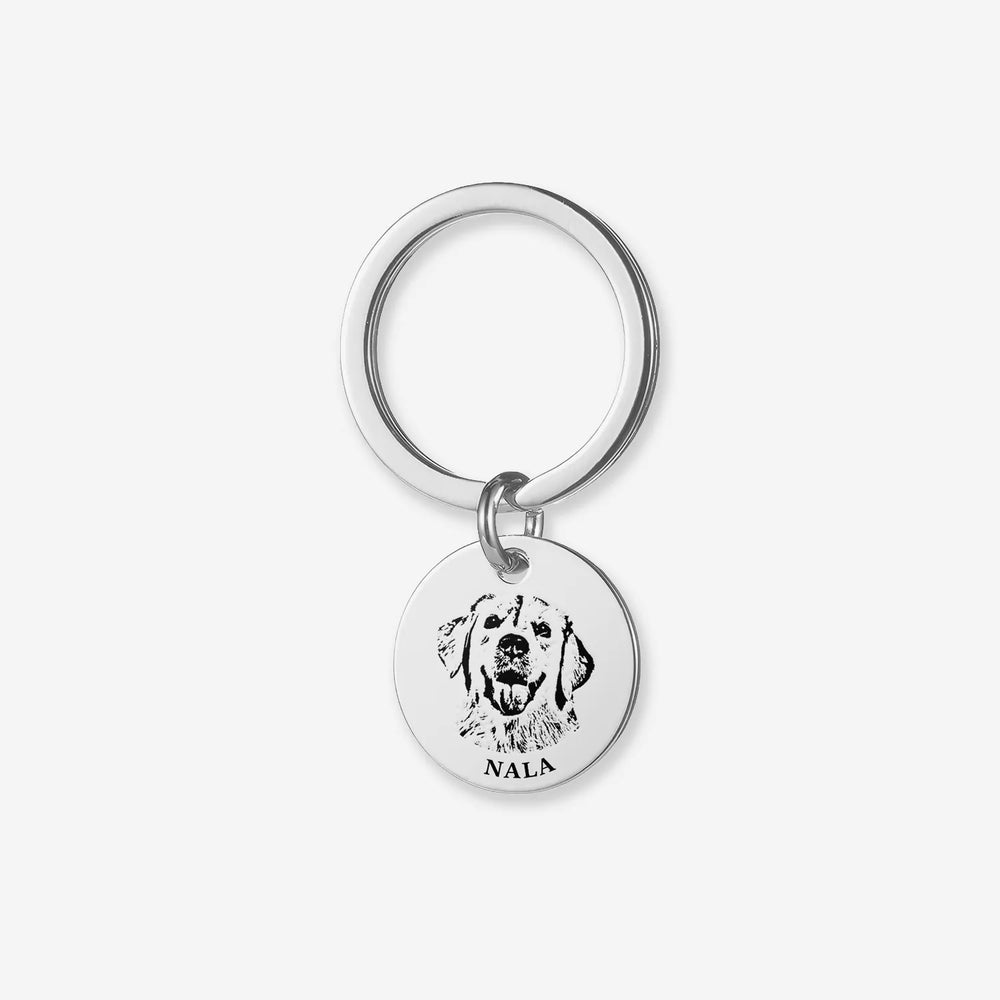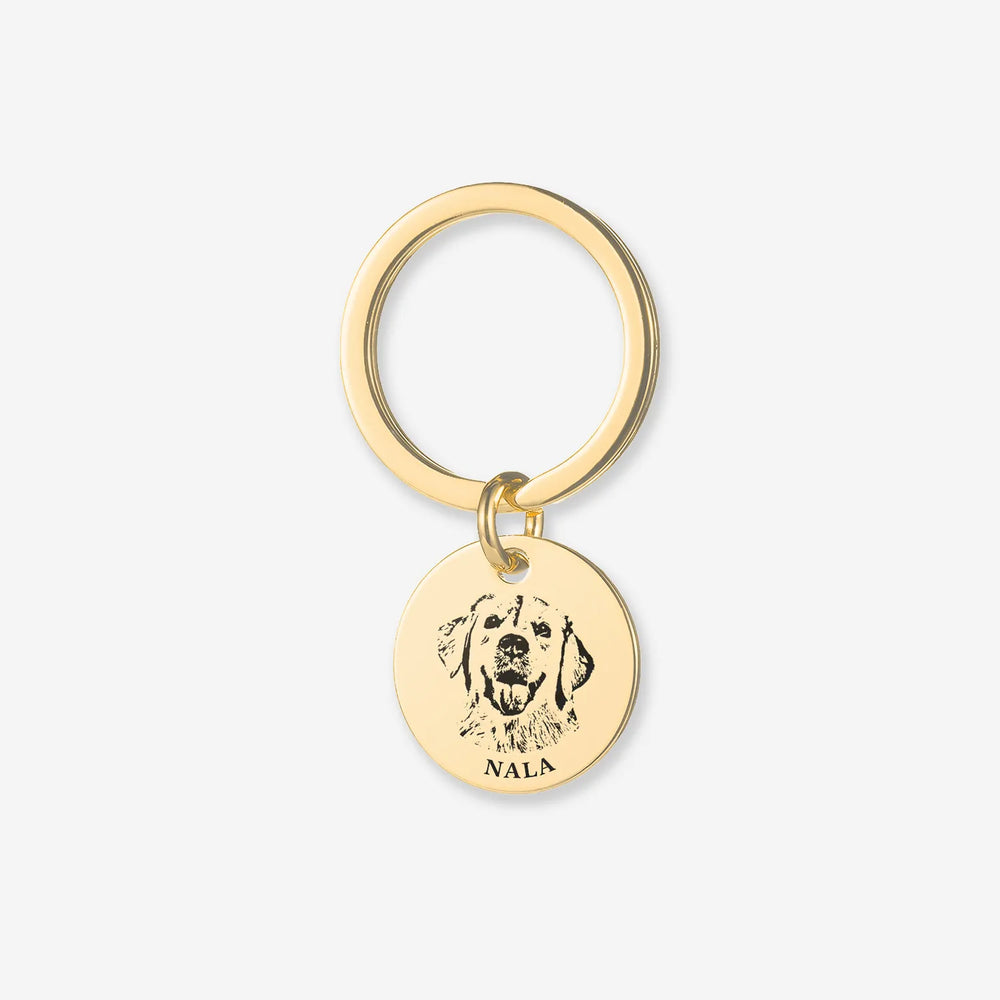Buy One, Get One FREE
10 Common Dog Behaviors Explained: How to Manage Them

Dog behavior problems can be a real head-scratcher for owners. Whether you're new to dog ownership, considering getting a dog, or just want to help your furry friend with some issues, understanding common dog behavior problems is the first step to solving and preventing them. Let’s dive into the top 10 dog behavior problems and how to tackle them with a positive, upbeat approach!
1. Barking: Find the Quiet Zone

Dogs love to vocalize! Barking, howling, and whining are all ways they express themselves. But excessive barking? That’s a problem. First, figure out why your dog is barking. Common reasons include:
- Warning or alert
- Playfulness and excitement
- Attention-seeking
- Anxiety
- Boredom
- Responding to other dogs
Teach your dog bark/quiet commands. Be patient and consistent, and address any underlying issues. With dedication, you can bring peace and quiet to your home.
2. Chewing: Channel the Chew

Chewing is natural for dogs, but it can be destructive. Dogs chew due to:
- Puppy teething
- Boredom or excess energy
- Anxiety
- Curiosity
Give your dog plenty of chew toys and keep valuables out of reach. When you’re not home, confine your dog to a safe space. Make sure your dog gets plenty of exercise to burn off that extra energy.
3. Digging: Dig This Solution

Dogs love to dig—it's in their DNA! Reasons for digging include:
- Boredom or excess energy
- Anxiety or fear
- Hunting instinct
- Comfort-seeking
- Hiding possessions
- Escaping
Find out why your dog is digging and tackle the root cause. Provide a designated digging spot, like a sandbox, and train your dog to dig there.
4. Separation Anxiety: Calm the Mind

Separation anxiety is a tough one. It shows up as barking, chewing, and accidents when you leave. Signs include:
- Anxiety when you prepare to leave
- Misbehavior soon after you leave
- Following you constantly
- Always wanting to be near you
Use training, behavior modification, and desensitization to help your dog feel more secure. In extreme cases, medication might be needed.
5. Inappropriate Elimination: Potty Time Perfection

Accidents in the house are frustrating. Make sure to rule out health issues with your vet first. Reasons for inappropriate elimination include:
- Submissive/excitement urination
- Territorial marking
- Anxiety
- Lack of proper house training
With patience and consistency, you can teach your dog proper bathroom habits. Older dogs might need more intensive training, but it’s doable!
6. Begging: Foodie Fixes

Begging can lead to digestive problems and obesity. It’s hard to resist those puppy eyes, but table scraps aren’t treats. Before meals, send your dog to their spot. Reward good behavior after you’ve finished eating.
7. Chasing: Keep It Safe

Chasing is a natural instinct for dogs, but it can be dangerous. Prevent chasing with these tips:
- Keep your dog on a leash or in a confined area
- Train them to come when called
- Use a whistle or noisemaker to get their attention
- Stay alert for potential triggers
Consistent training helps control this behavior, keeping everyone safe.
8. Jumping Up: Greetings with Grace

Dogs jump up to say hello, but it can be annoying or even dangerous. The best method? Ignore them. Don’t make eye contact or touch your dog until they settle down. Reward calm behavior to reinforce good manners.
9. Biting: Gentle Mouths

Dogs bite for many reasons, from exploring as puppies to fear or protection as adults. Proper training and socialization are key. Teach puppies bite inhibition and ensure all dogs are well-socialized to reduce the risk of biting.
10. Aggression: Taming the Beast

Aggression can be scary and dangerous. Any dog can be aggressive, but those with violent histories or aggressive breeding are more prone. Consult a vet to rule out health issues and work with a professional trainer. Safety first!
Understanding and addressing these common dog behavior problems with patience and positivity can make life better for you and your furry friend. Happy training!



















